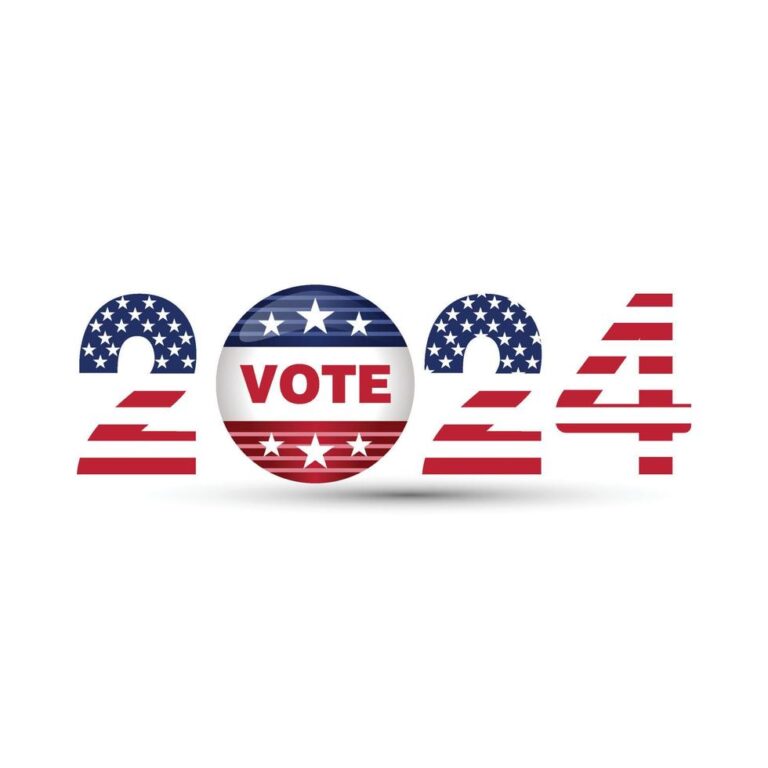
Inflation: Do Local Government Agencies Need to Worry?
The Consumer Price Index in March 2022 showed its sharpest year-over-year spike in four decades, catching the Federal Reserve (Fed) by surprise. Initially slow to recognize the inflation, the Fed first claimed that the inflation was transitory. When inflation persisted, the Fed said that prices were just catching up to pre-pandemic levels. As inflation persisted and prices began to exceed their pre-pandemic levels, the list of “causes” of inflation expanded to the point where it seems like inflation could be caused by nearly everything, from the restricted supplies of lumber, used cars, and other goods, to overall supply chain tangles.
Today, the argument is that inflation is mostly the result of supply shocks, such as the war in Ukraine, and global supply chain problem.
It’s no question that the inflation we have been experiencing has impacted many Americans, but that begs the question, do local governments need to worry?
Government-induced demand is a key player in this jump in inflation. The US Department of the Treasury first issued $3 trillion of new debt, which the Fed quickly bought in exchange for $3 trillion of new reserves that the Treasury sent out as checks and other forms of payments to Americans. The Treasury then borrowed another $2 trillion or so for the American Rescue plan to send out another round of checks and payments to Americans. Overall federal debt rose by almost 30 percent of GDP. The government has been borrowing money for decades, and the Fed has been buying Treasury securities and turning the debt into reserves for a decade without causing inflation. What was different this time around? First, Americans have seen asset prices rise for a decade or so, from housing to land to the stock market, but the increase didn’t spread to broader prices, until now.
Economists also suggest our current record inflation is primarily driven by these factors:
-
High demand for goods and services (which companies can’t meet because of the lingering effects of the COVID pandemic) creating scarcities that have driven up prices for manufactured goods, housing, and a range of other items
-
Pandemic-related labor shortages that have led to higher wage and benefit costs for employers
-
Shortages of food and fuel due to the war in Ukraine and the sanctions Western nations have placed upon Russia, which have led to higher global prices for those commodities
Some of the greatest inflationary increases have come in the food and fuel sectors. Price increases there have very different effects on state revenue collections.
At the local government level, the fiscal picture is more nuanced. Many states share some of their revenues with their local governments, sometimes by formula, so that component of the local budgets’ revenue base is similarly prone to keep pace with increasing prices. Where it gets trickier is with the property tax. Right now, we have a nationwide surge in single-family housing prices and interest rates, so property assessors are marking up the valuations, which oddly provides an industry-specific inflation windfall to many local governments.
The fact that different states have different tax structures makes it hard to make broad generalizations about the impact inflation has on revenue collection. States that rely heavily on income taxes may well be seeing increased revenue due to inflation-driven wage growth.
Then again, in states like California (which has a $68-billion budget surplus), revenue growth was driven by last year’s gains in the stock market, which created surges in state revenue thanks to California’s capital gains taxes. A state’s revenue from corporate taxes can also be hard to predict in times of high inflation, most states levy taxes on corporate profits. Inflation may mean companies have higher costs, but if they’re able to pass those costs on to consumers, profits stay about the same, and so do state tax revenues. However, if a state is home to several major companies that can’t pass on inflationary costs, those states will see declining revenues as profits for those companies fall. States that have major oil industry installations to tax are likely doing quite well, given high profits for the oil industry.
Assuming inflation remains modest and not runaway — somewhere below three percent annually — the two sides of most state and local budgets can be balanced without crisis implications.
Sources:
https://www.usatoday.com/story/money/2022/10/13/inflation-definition-economy/10088183002/



